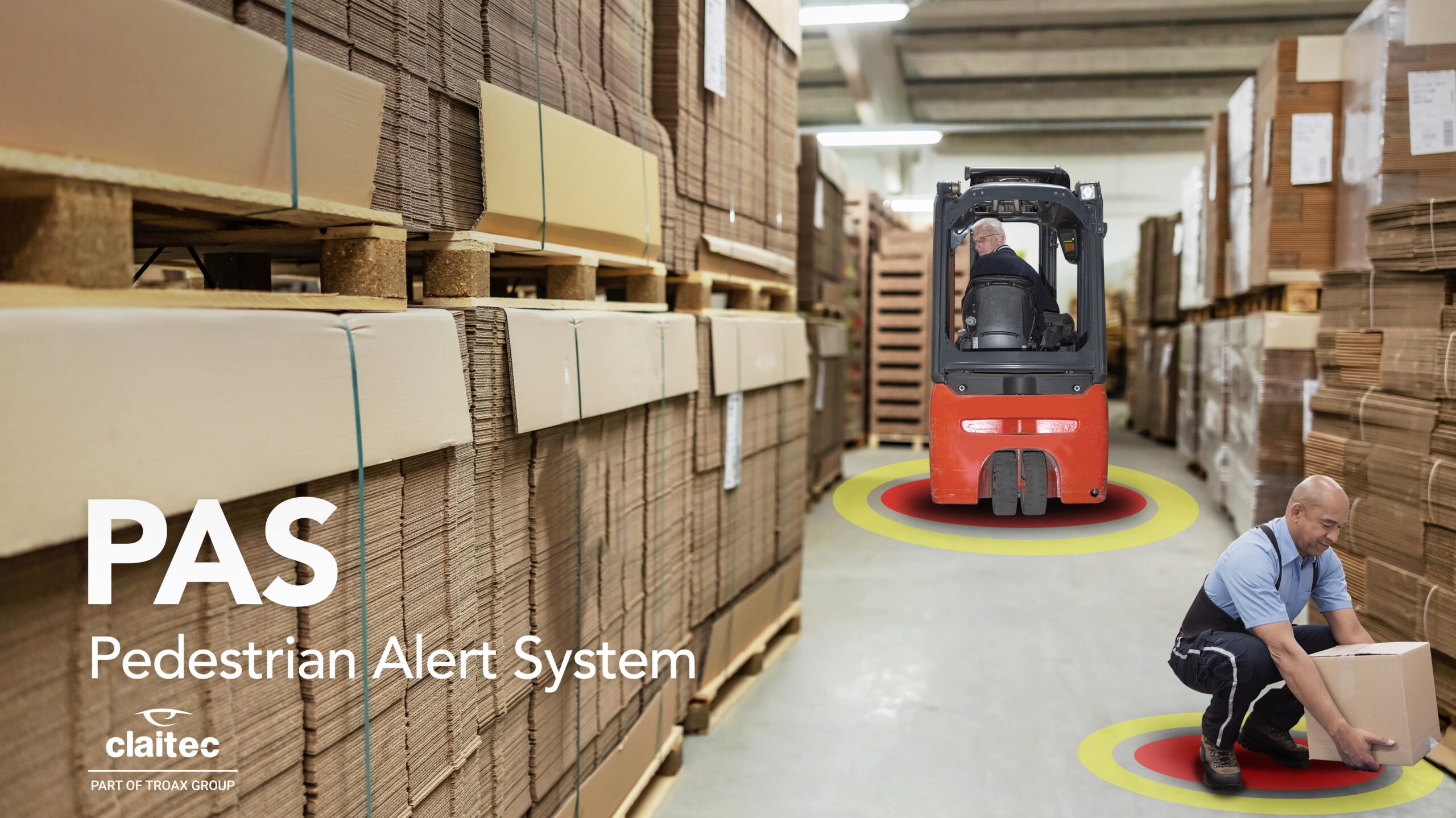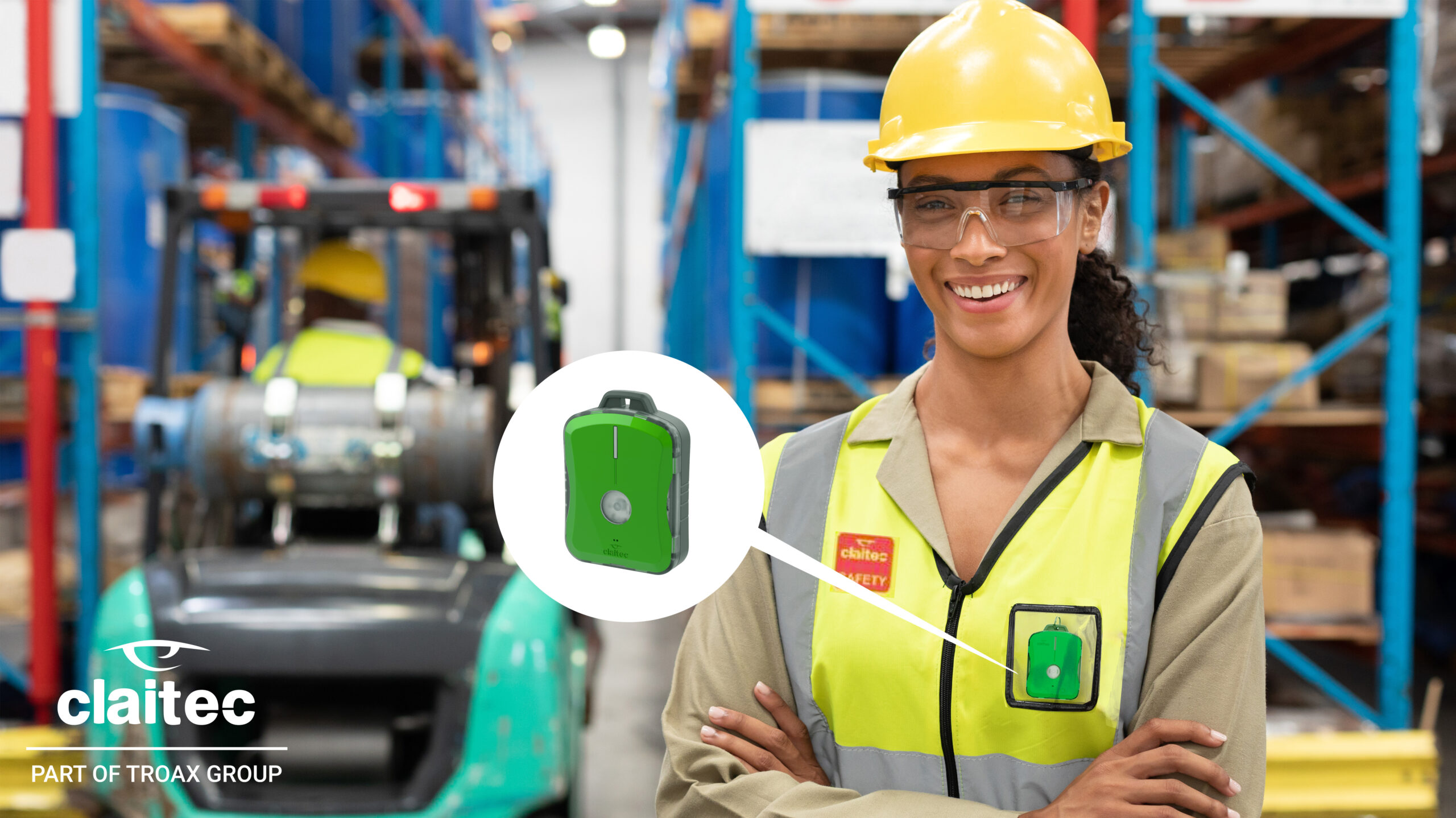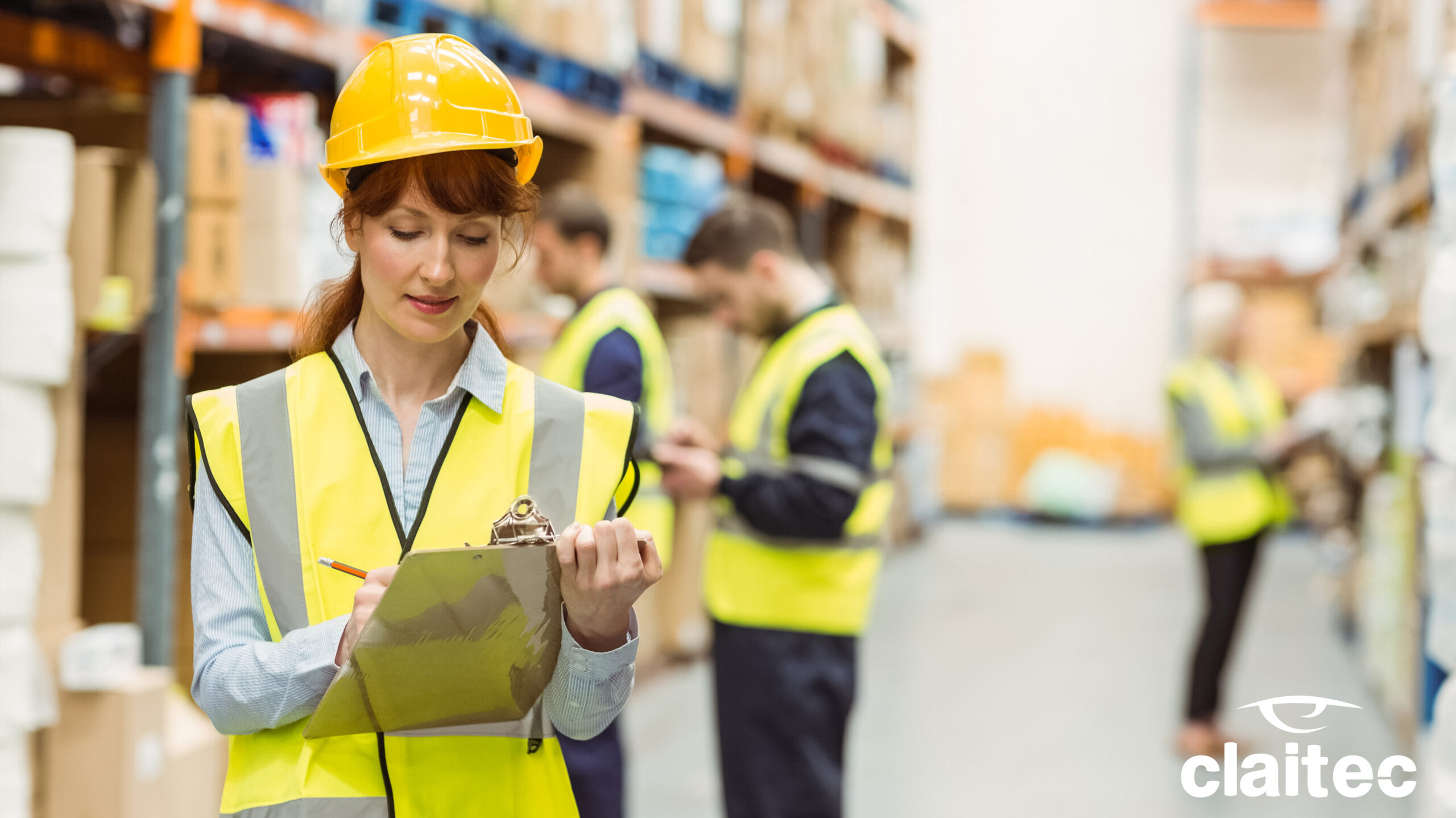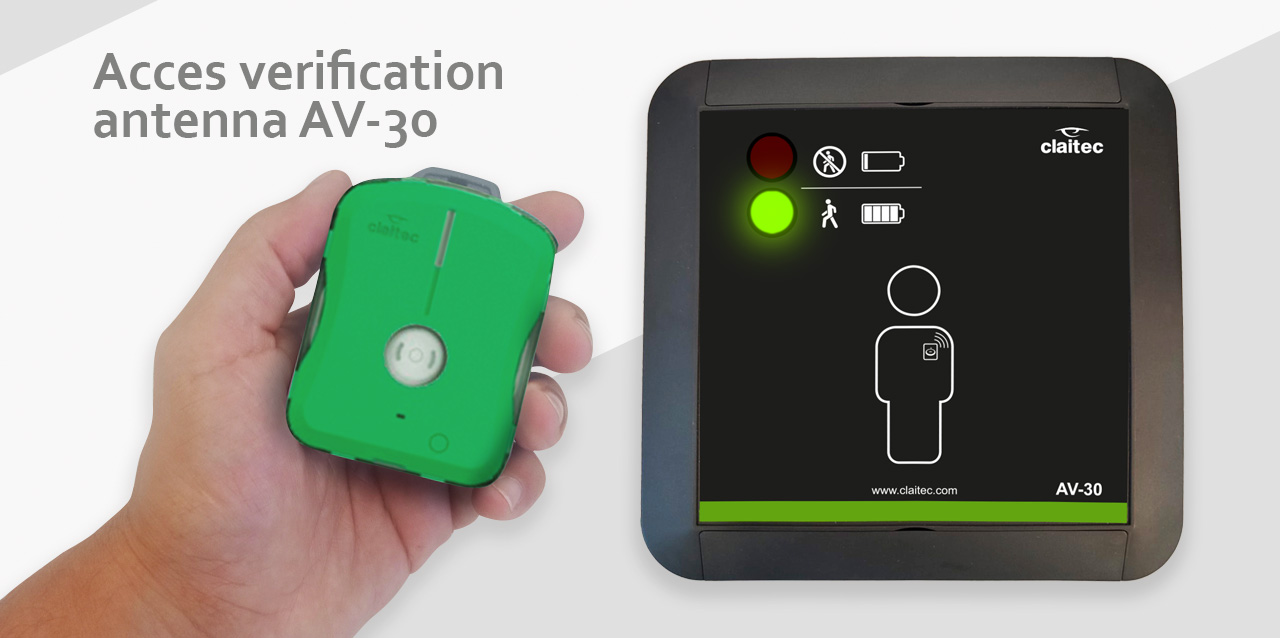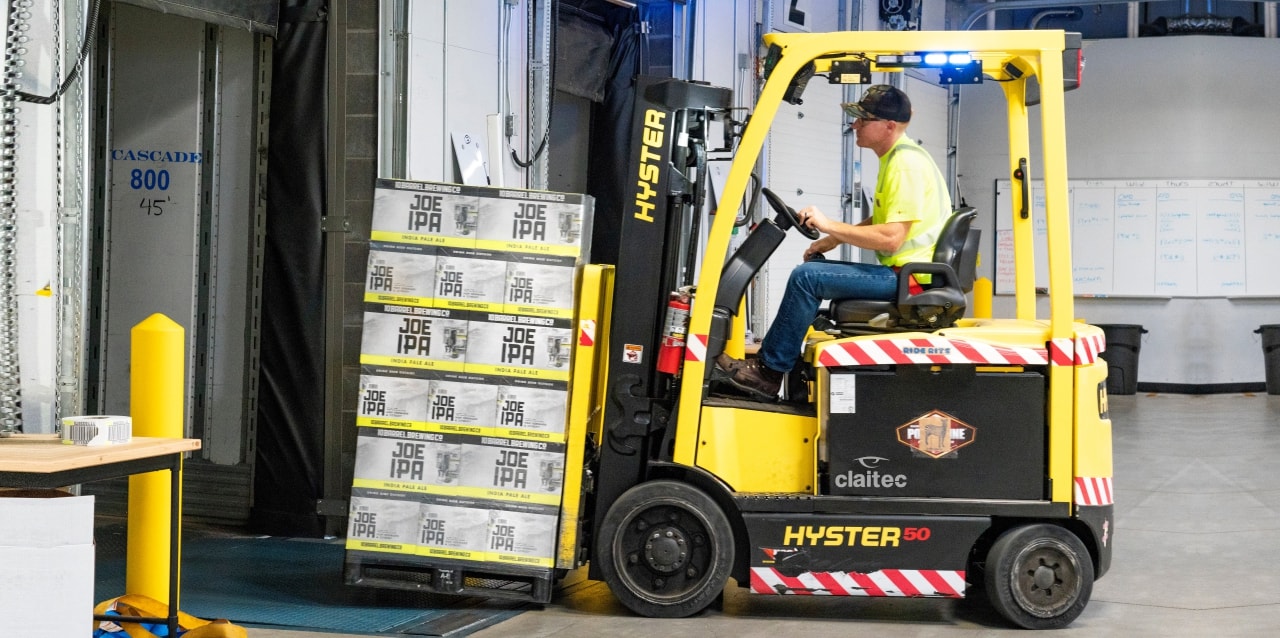
Industrial safety systems are designed through rigorous studies that identify potential risks and prevent accidents. This foundation allows us to develop and implement effective solutions tailored to our clients’ needs.
But what happens when a specific situation in a particular zone prevents the implementation of standard solutions? When customisation is essential to meet unique safety requirements, it becomes vital to have adaptable solutions and a team committed to finding the best approach.
At Claitec, a proud member of the Troax Group, we offer this differentiating value. Our experienced team works closely with clients, analysing each case in depth, testing solutions, and ensuring continuous follow-up for optimal performance. Choosing Claitec is not just about acquiring a product; it’s about partnering with a dedicated team that strives to exceed expectations.
A Practical Example of Customisation (post image)
In one case, operators working at heights within a protective cage, elevated by a vehicle, faced significant risk. When lowering the cage, they couldn’t always see if a colleague was in the danger zone beneath.
To address this, we adapted our Pedestrian Alert System (PAS) with:
1. PAS installed on the vehicle.
2. An MT-50 activator placed in the manoeuvring area.
3. A warning light on the protective cage.
4. Personal T-10R tags for pedestrians.
The system ensures that if a pedestrian with a tag enters the danger zone, the PAS triggers the MT-50, activating the light or sound warning on the cage and alerting the operator to take precautions. This level of customisation is only possible with a creative and experienced team capable of thinking beyond standard solutions. At Claitec, we see every challenge as an opportunity to learn and improve.
For more information or to consult with our experts, don’t hesitate to contact us. We’re here to provide innovative solutions for your safety needs.


